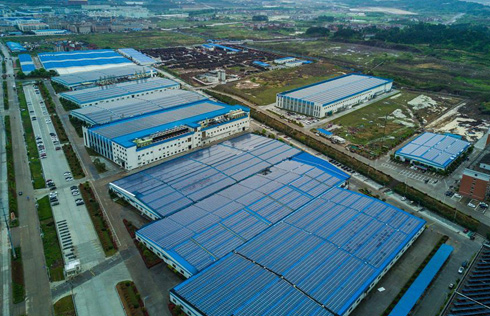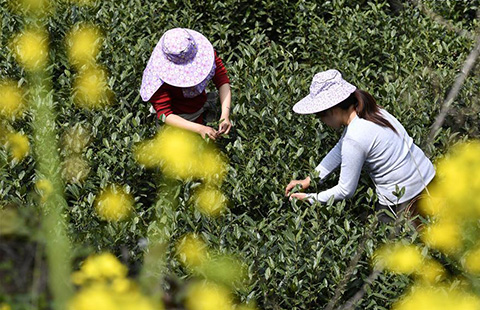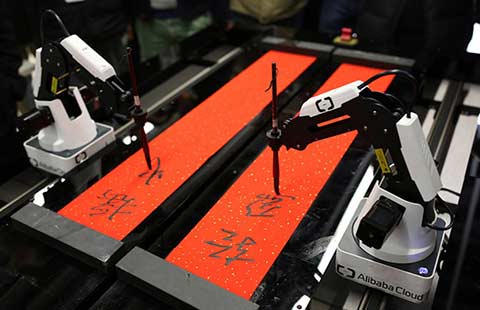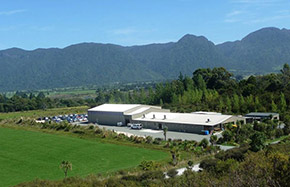Belt and Road Initiative injects new vitality into traditional friendship between Sri Lanka, China
COLOMBO - This year marks the 60th anniversary of the establishment of diplomatic relations between Sri Lanka and China.
Over the past 60 years, the Sri Lanka-China relations have withstood the test of international changes and maintained the healthy and stable development.
In the past years, the two countries have taken the opportunities generated from the China-proposed Silk Road Economic Belt and the 21st Century Maritime Silk Road, known as the Belt and Road Initiative, to continuously expand the breadth and depth of cooperation in various fields between the two countries, with mutually beneficial cooperation yielding fruits and the future development of bilateral ties showing broad prospects, thus injecting new vitality into their strategic cooperative partnership.
In 2009, Sri Lanka, with the strong assistance from the international community, ended a 30-year-long civil war.
In the post-war reconstruction, the Chinese government and the Chinese people have continued to lend a helping hand to provide a large number of concessional low interest rate loans and investments for Sri Lanka.
A series of mega infrastructure projects have also been launched, constructed and put into operation, greatly contributing to the socio-economic development of Sri Lanka and improving the livelihood of its people.
The mega infrastructure projects, including the Norochcholai coal power plant which is Sri Lanka's first coal-fired power plant, the Colombo International Container Terminal (CICT), the expressway linking the capital of Colombo to the Bandaranaike International Airport and the upgrading of the Hambantota harbor, have all played an irreplaceable role in Sri Lanka's economic recovery and development. They have also laid a solid foundation for speeding up the industrialization process of the country.
The completion of the Colombo-Katunayake Expressway has immensely benefitted the country as well as tourists arriving in the island country. The expressway allows travelers and tourists to connect the Bandaranaike International Airport with Colombo in about 45 minutes from the initial 2 hours during peak traffic hours.
The Southern Expressway linking Colombo to Galle in the south has cut the travel time to one hour and 50 minutes from the initial 4 hours.
In 2014, the Colombo International Container Terminal (CICT), run by the China Merchants Group, started operation ahead of schedule which has produced tangible results for the country's economy.
In 2016, the CICT container volumes grew to 2 million TEUs (20-foot equivalent units) and the Colombo Port was soon named the best terminal in South Asia.
Also in 2016, the Norochcholai coal power plant provided more than 50 percent of the total electricity to the entire country. The price of electricity in Sri Lanka was cut down by 25 percent after the construction of the power plant.
According to the Ceylon Electricity Board, the power plant generates an estimated 1.5-million-U.S. dollar profit for the Sri Lankan government per day.
As China's Belt and Road Initiative highly dovetails with the strategic development of Sri Lanka, the island country has expressed its willingness on many occassions to actively participate in the construction of the initiative in a bid to attract more Chinese investment and inject new impetus into its economic development.
The two countries are now working together to pragmatically and steadily press ahead with construction of a $1.4 billion Colombo port city, extension of the southern expressway, second phase of the Hambantota harbor, Colombo outer circular expressway, Moragahakanda dam and Yan Oya irrigation project, among others.
Construction of the extension of the southern expressway will significantly improve the interconnection between the western and southern parts of Sri Lanka and speed up the economic development in the regions.
Located in the north of Colombo, the Attanagalla water plant is a priority development project of the government and the largest China-Sri Lanka cooperation project launched this year concerning the livelihood of Sri Lankans.
This plant will provide drinking water for about 600,000 local residents in a radius of 400 square km.
Once those projects concerning production and people's livelihood are completed, Sri Lanka's infrastructure will get a leapfrog lifting, thus laying solid foundation for the take-off of the country's economy.
Sri lanka and China are now coordinating on pushing forward the construction and operation of the second phase of the Hambantota harbor, among others. It is hopeful that the region of Hambantota will be forged as an industrial zone in Sri Lanka, becoming an engine to drive economic development of the island country.
















